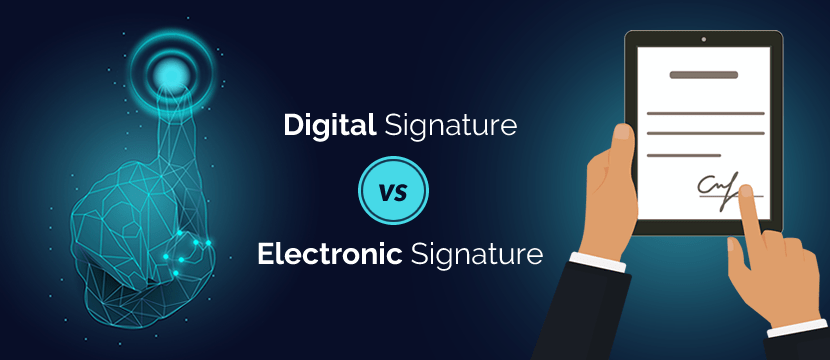A digital signature is similar to a digital fingerprint. It’s a mathematical code that secures the document and ensures the message or document’s legitimacy for the receiver. It confirms the signing entity’s identity, demonstrates the entity’s purpose in signing the document, and establishes that the signature is connected with the signed document via the signing entity. The digital signature also demonstrates a person’s desire to accept the contents of a document. He cannot dispute signing the document later since the digital signature is unique to the document and the signing party. The same thing is known as the property of non-repudiation. Digital signatures may be used on any document or transmission to ensure the receiver’s trustworthiness.
Process of Working
Electronic signature operates on the public key Infrastructure, which safeguards communication across an insecure channel by employing two distinct cryptographic keys – a public key and a private key. Cryptographic keys are unique bits of information used to validate the validity and integrity of a digital document or message. The private key is used to encrypt or lock the data by the individual producing the digital signature; the key is kept secret and protects the user’s information against theft or manipulation. On the other hand, the public key is used to decrypt or unlock the data and is made available to the communication recipients.
Importance
As more companies are online, agreements and transactions that were formerly signed on paper and delivered physically are being replaced with digital papers and procedures. Malicious actors seeking to steal or modify data for personal advantages are frequently present anywhere valuable or sensitive data is shared. To reduce the danger of malicious document tampering, organizations must be able to check and authenticate that crucial business documents, data, and communications are trusted and delivered securely. In addition to securing sensitive online data, digital signatures do not inhibit the efficacy of online document workflows; in fact, compared to paper procedures, they frequently aid enhances document management.
Creating a Secure Signature
Digital signature technology makes digitally signing documents simple and safe. They provide a platform for online document sending and signing and collaborate with the necessary Certificate Authorities to give trusted digital certificates. The type of information you may be needed to supply is determined by the Certificate Authority you are utilizing. There may also be specified norms and guidelines about who receives documents for signature and how they are delivered. When you receive a document for signing through email, you must authenticate according to the Certificate Authority’s criteria before signing the document using an online form.
Benefits
While digital signatures have piqued the interest of many business leaders, what precisely are they? A. It allows you to sign a document electronically and validates the signer. It is a mathematical code that authenticates the document from the sender and assures that it reaches the receiver undamaged. Concerns regarding the security of digital signatures are understandable; nevertheless, it employs an approved format known as a Public Key Infrastructure, which gives a very high level of security and makes it impossible to reproduce. Digital signatures make office paperwork significantly more efficient, yet legislation governing this technology differs from country to country.









































